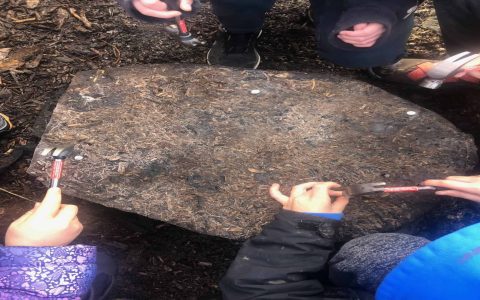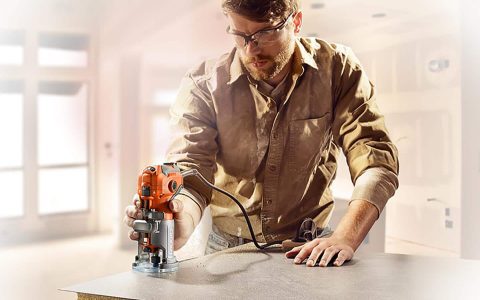A dangerous tool is any implement that, by its design or application, presents a significant risk of injury, harm, or damage if not handled with appropriate knowledge, caution, and control. The inherent hazards vary widely depending on the tool's mechanism, power source, and intended use. Understanding these risks is paramount for safe operation.
Common Categories of Dangerous Tools
-
Power Tools: This category includes electrically, battery, or fuel-powered devices such as circular saws, chainsaws, angle grinders, power drills, and routers.
Primary Risks: Severe lacerations, amputations, projectiles, electrocution, burns, and hearing damage from noise.

-
Sharp-Edged and Striking Hand Tools: Manually operated tools that can cause significant injury through cutting, piercing, or impact. Examples include utility knives, chisels, axes, hatchets, heavy hammers, and pry bars.
Primary Risks: Deep cuts, punctures, fractures, eye injuries from flying debris, and musculoskeletal injuries from improper use.
-
Pneumatic and Hydraulic Tools: Tools powered by compressed air or pressurized fluids, such as nail guns, staple guns, impact wrenches, hydraulic presses, and jacks.
Primary Risks: Projectile injuries (fasteners or tool components), high-pressure injection injuries, crushing, and entanglement.
-
Welding and Thermal Cutting Equipment: Tools that use high temperatures, open flames, or electrical arcs for joining or severing materials. Examples are arc welders, MIG/TIG welders, oxy-acetylene torches, and plasma cutters.
Primary Risks: Severe burns, intense UV/IR radiation causing eye damage (e.g., "welder's flash"), toxic fume inhalation, fire, and explosions.
-
Powered Landscaping and Forestry Tools: Equipment designed for outdoor work, often featuring high-speed cutting components. This includes chainsaws, hedge trimmers, brush cutters, wood chippers, and stump grinders.
Primary Risks: Lacerations, amputations, projectiles, noise-induced hearing loss, vibration injuries, and entanglement.
Fundamental Safety Protocols for Dangerous Tools
Adherence to safety protocols is non-negotiable when working with any hazardous tool. Key principles include:
- Comprehensive Training: Operators must be thoroughly trained on the specific tool's operation, potential hazards, safe work procedures, and emergency responses before use.
- Personal Protective Equipment (PPE): Always use appropriate, well-maintained PPE. This typically includes safety glasses or face shields, gloves suitable for the task, hearing protection, respiratory protection, and safety footwear as required by the specific tool and task.
- Pre-Use Inspection: Before each use, meticulously inspect the tool for any damage, defects, missing guards, or excessive wear. Ensure all safety features are present and functional. Defective tools must be removed from service.
- Correct Tool Selection: Utilize the tool exclusively for its intended purpose as specified by the manufacturer. Improvising with tools or using them beyond their design limits significantly increases risk.
- Maintain a Safe Work Environment: Ensure the work area is well-lit, clean, uncluttered, and free from slip, trip, or fall hazards. Secure the workpiece adequately to prevent unexpected movement during operation.
- Operator Awareness and Condition: Maintain full concentration and situational awareness. Avoid operating tools when fatigued, distracted, or under the influence of any substance that could impair judgment, coordination, or reaction time.
- Regular Maintenance and Care: Follow the manufacturer's guidelines for tool maintenance, including cleaning, lubrication, and the replacement of worn or damaged parts. Keep cutting edges sharp and ensure adjustments are correct.
- Secure Storage: When not in use, store tools securely to prevent unauthorized access, particularly by untrained individuals or children, and to protect them from environmental damage or degradation. Disconnect power sources where applicable.











